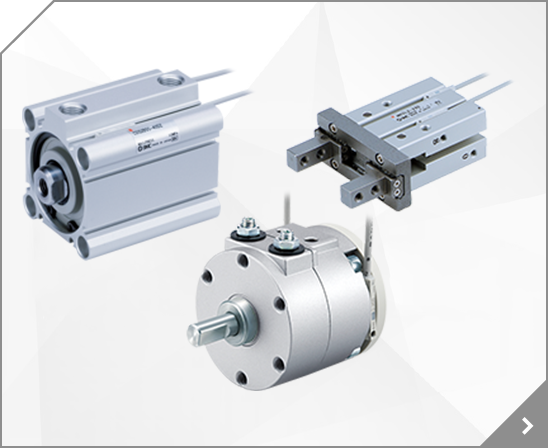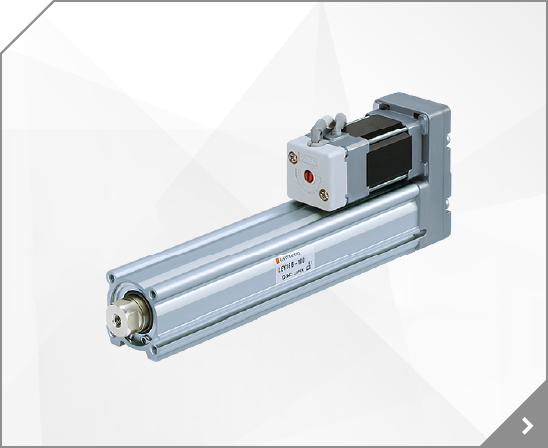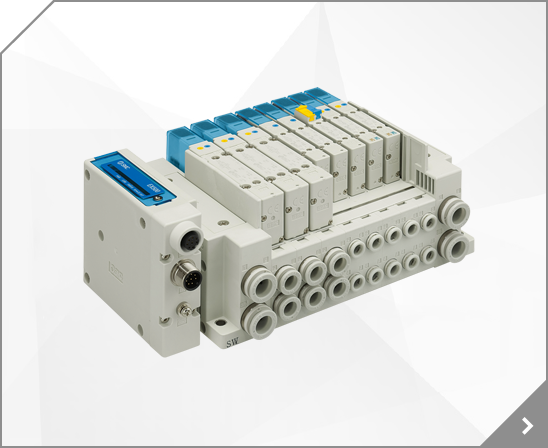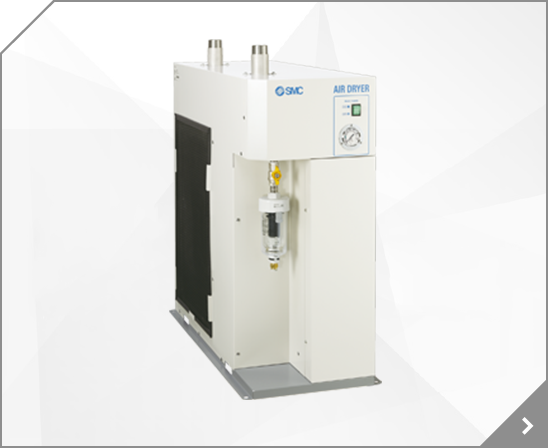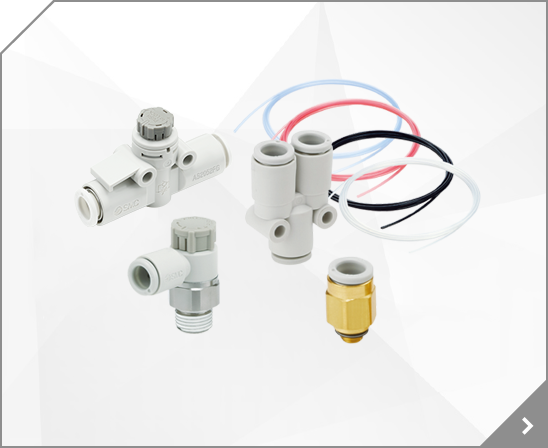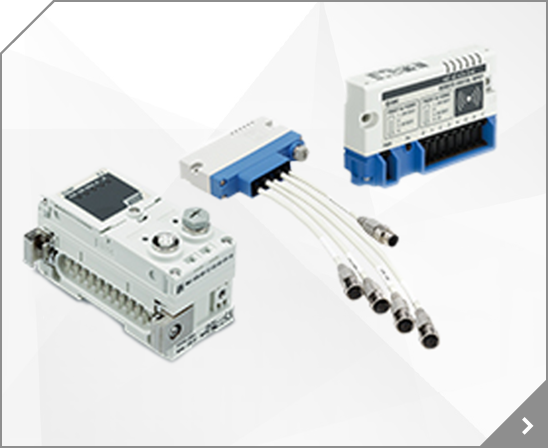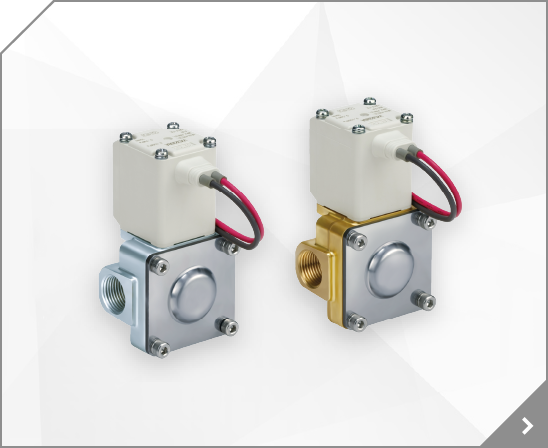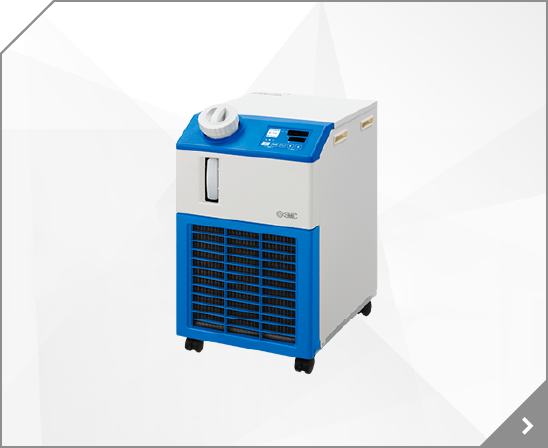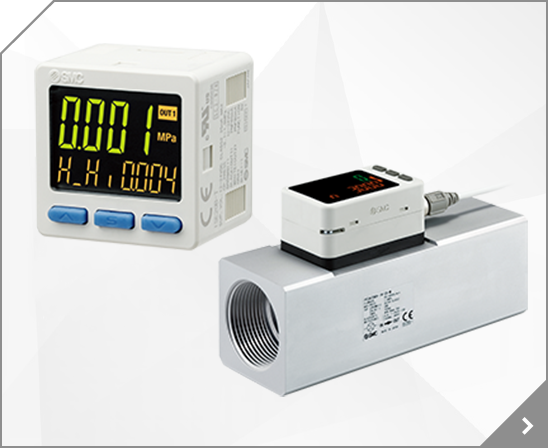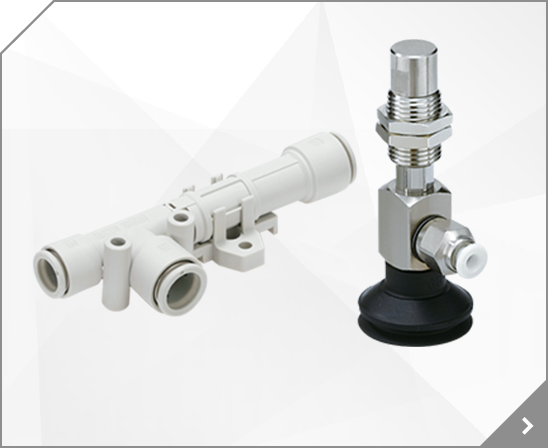
This is a legacy product, and replaced byMBC63-100Z, CYL, TIE ROD, ACTUATOR, MB TIE-ROD CYLINDER, PD, 63MM MB DOUBLE-ACTING, 5.98973 lb
This is a legacy product, and replaced byMDBB63-100Z, CYL, TIE ROD, ACTUATOR, MB TIE-ROD CYLINDER, PE, 63MM MB DBL-ACT AUTO-SW, 4.94404 lb
This is a legacy product, and replaced byCDA2BP63-100Z-P74-85G-X387, CYL, TIE ROD, HIGH MAG RESIST, ACTUATOR, CA1/CA2 TIE-ROD CYLINDER, PC, 63MM CA1 OTHERS (COMBO), 7.20177 lb
This is a legacy product, and replaced byCG1BA25-100Z-XB6, CYL, AIR, DBL ACTING, HI TEMP, ACTUATOR, CG/CG3 ROUND BODY CYLINDER, IC, 25MM CG OTHERS (COMBO), .81886 lb, SeriesDescriptionModelActionNoteVol. no. (for std model)CG1Air cylinderCG1Double acting, Single rodExcept with rubber bumper666
This is a legacy product, and replaced byCY1S15-100Z, CYL, RODLESS, SLIDER, ACTUATOR, CY1S GUIDED CYLINDER, GM, 15MM CY1S SLIDE BEARING, 3.04641 lb, Bore size (mm)ModelAllowable load mass (Wv)(kg)Maximum operating pressure (Pv) (MPa)15CY1S15L4.10.40
This is a legacy product, and replaced byCDG1BA25-100Z, CYL, AIR, SHORT STROKE, ACTUATOR, CG/CG3 ROUND BODY CYLINDER, IE, 25MM CG DBL-ACT AUTO-SW, .83813 lb
This is a legacy product, and replaced byMBT63-100Z MB TIE-ROD CYLINDER. CYL, TIE ROD. ACTUATOR. 63MM MB DOUBLE-ACTING. 6.22417 lb. PD.
This is a legacy product, and replaced byMGPM80TN-100Z-M9NWL MGP COMPACT GUIDE CYLINDER. CYL, COMPACT GUIDE, SLIDE BRG. ACTUATOR. 80MM MGP SLIDE BEARING. 25.98304 lb. RM.
This is a legacy product, and replaced byCG1GN20-100Z CG/CG3 ROUND BODY CYLINDER. CYL, AIR, DBL ACTING. ACTUATOR. 20MM CG DOUBLE-ACTING. .74906 lb. HD.
This is a legacy product, and replaced byCDM2BZ20TN-100Z-M9PSAPC CM2/CM3 ROUND BODY CYLINDER. CYL, RND BODY, DBL ACTING. ACTUATOR. 20MM CM2 DBL-ACT AUTO-SW. .00000 lb. HE.
This is a legacy product, and replaced byCDM2RB40-100Z CM2/CM3 ROUND BODY CYLINDER. CYL, RND BODY, DIRECT MT.. ACTUATOR. 40MM CM2 OTHERS (COMBO). 1.96211 lb. MC.
This is a legacy product, and replaced byMGPM40TN-100Z MGP COMPACT GUIDE CYLINDER. CYL, COMPACT GUIDE, SLIDE *LQA. ACTUATOR. 40MM MGP SLIDE BEARING. 7.12827 lb. MM.
This is a legacy product, and replaced byMGPL25TN-100Z-A93 MGP COMPACT GUIDE CYLINDER. CYL, COMPACT GUIDE, BALL BRG. ACTUATOR. 25MM MGP BALL BEARING. 4.11846 lb. IB.
This is a legacy product, and replaced byMGPM20TN-100Z MGP COMPACT GUIDE CYLINDER. CYL, COMPACT GUIDE, SLIDE BRG. ACTUATOR. 20MM MGP SLIDE BEARING. 3.13933 lb. HM.
This is a legacy product, and replaced byMGPM63-100Z MGP COMPACT GUIDE CYLINDER. CYL, COMPACT GUIDE, SLIDE BRG. ACTUATOR. 63MM MGP SLIDE BEARING. 14.06145 lb. PM.
This is a legacy product, and replaced byMGPL63TF-100Z MGP COMPACT GUIDE CYLINDER. CYL, COMPACT GUIDE, BALL BRG. ACTUATOR. 63MM MGP BALL BEARING. 13.13586 lb. PB.
This is a legacy product, and replaced byCJ2KB16-100Z CJ2 ROUND BODY CYLINDER. CYL, DBL ACT, NON ROT. ACTUATOR. 16MM CJ2 NON-ROTATING. .31118 lb. GK.
This is a legacy product, and replaced byCDJ2D16-100Z-C73Z-B-XC3BB CJ2 ROUND BODY CYLINDER. 16MM CJ2 DBL-ACT AUTO-SW. ACTUATOR. 16MM CJ2 DBL-ACT AUTO-SW. 0.51068 lb. GE.
This is a legacy product, and replaced byCDM2B20-100Z CM2/CM3 ROUND BODY CYLINDER. CYL, RND BODY, DBL ACTING. ACTUATOR. 20MM CM2 DBL-ACT AUTO-SW. .52353 lb. HE.
This is a legacy product, and replaced byCDG1UA32-100Z-C73 CG/CG3 ROUND BODY CYLINDER. CYL, AIR, DBL ACT, AUTO-SW. ACTUATOR. 32MM CG DBL-ACT AUTO-SW. 1.28077 lb. LE.
